
CIL and AM Green team up for 4,500 MW of renewable energy
This will be composed of solar and wind power.
Coal India Limited (CIL) and AM Green have signed an agreement for 4,500 megawatts (MW) of renewable energy that will power the latter’s upcoming green ammonia facilities.
In a statement, the companies said the agreement, with an estimated total outlay of around INR 25,000 crores, was sealed through a formal non-binding memorandum of understanding for long-term supply and sourcing of renewable energy.
The supply will be composed of 2,500 MW to 3000 MW of solar power, and 1,500 MW and 2,000 MW of wind power. Potential sites for wind projects will be explored in the southern states of the country. And, for solar plants in the sunny states like Gujarat and Rajasthan.
The two renewable sources will be integrated with pumped hydro storage to ensure a steady supply of green energy to AM Green facilities.
AM Green aims to produce 5 million tons per annum (MTPA) of green ammonia by 2030. This equals to approximately 1 MTPA of green hydrogen and represents a fifth of India's target for green hydrogen production under the National Green Hydrogen Mission.


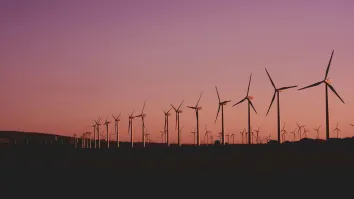

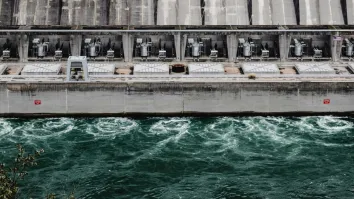
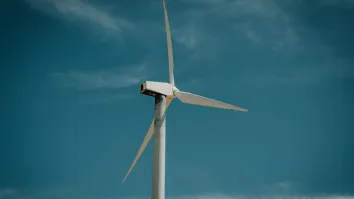
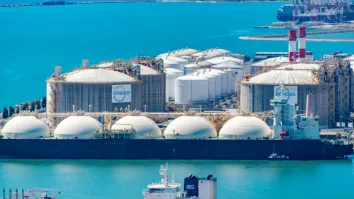
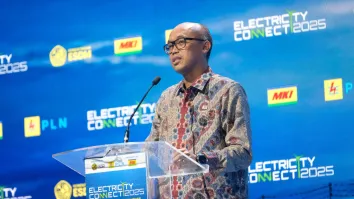
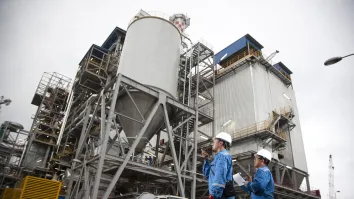
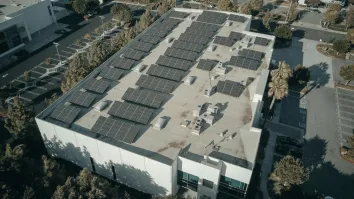
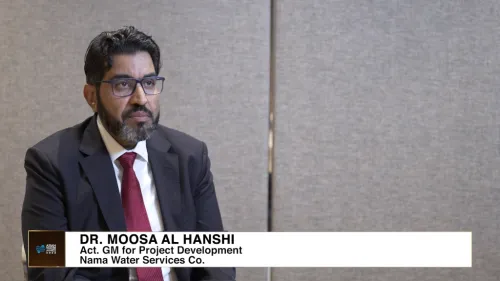

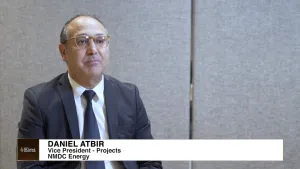
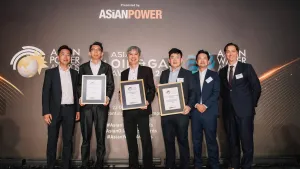


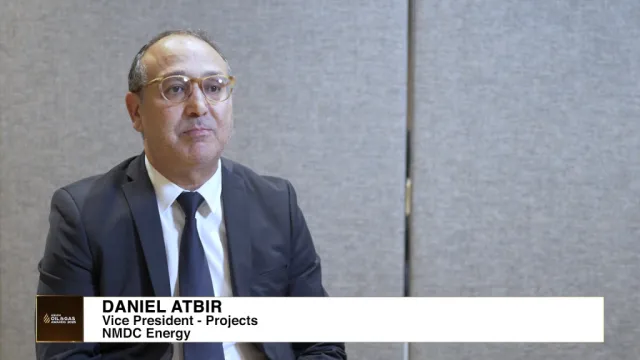
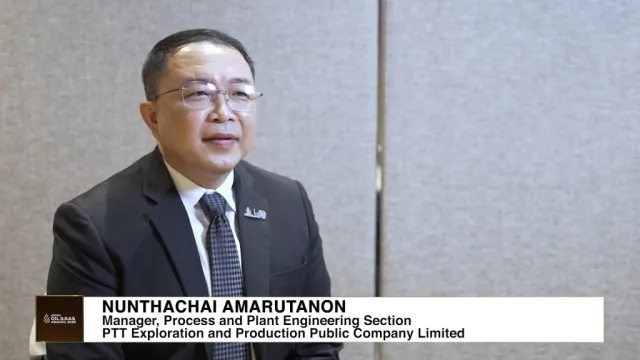

 Advertise
Advertise







